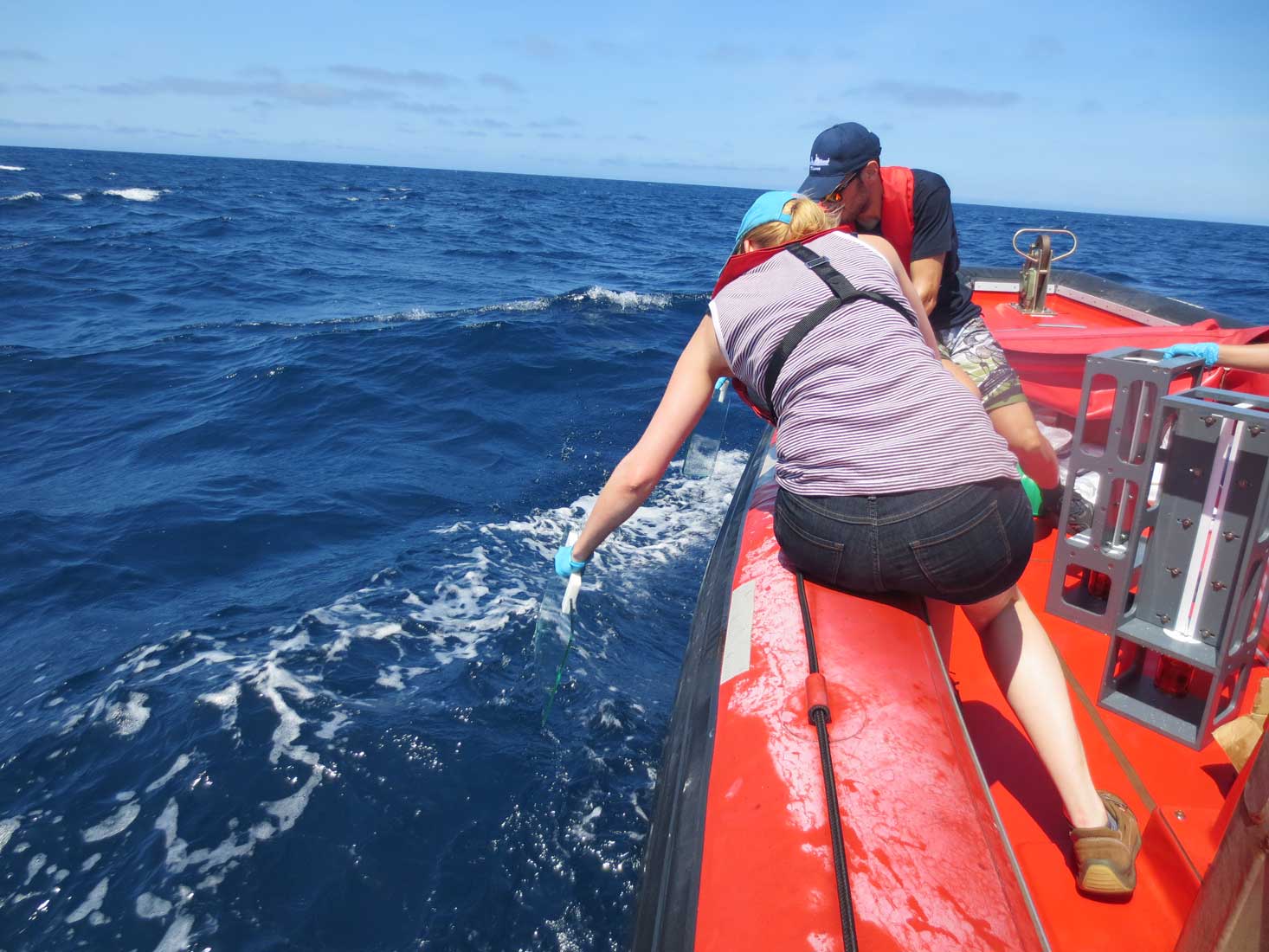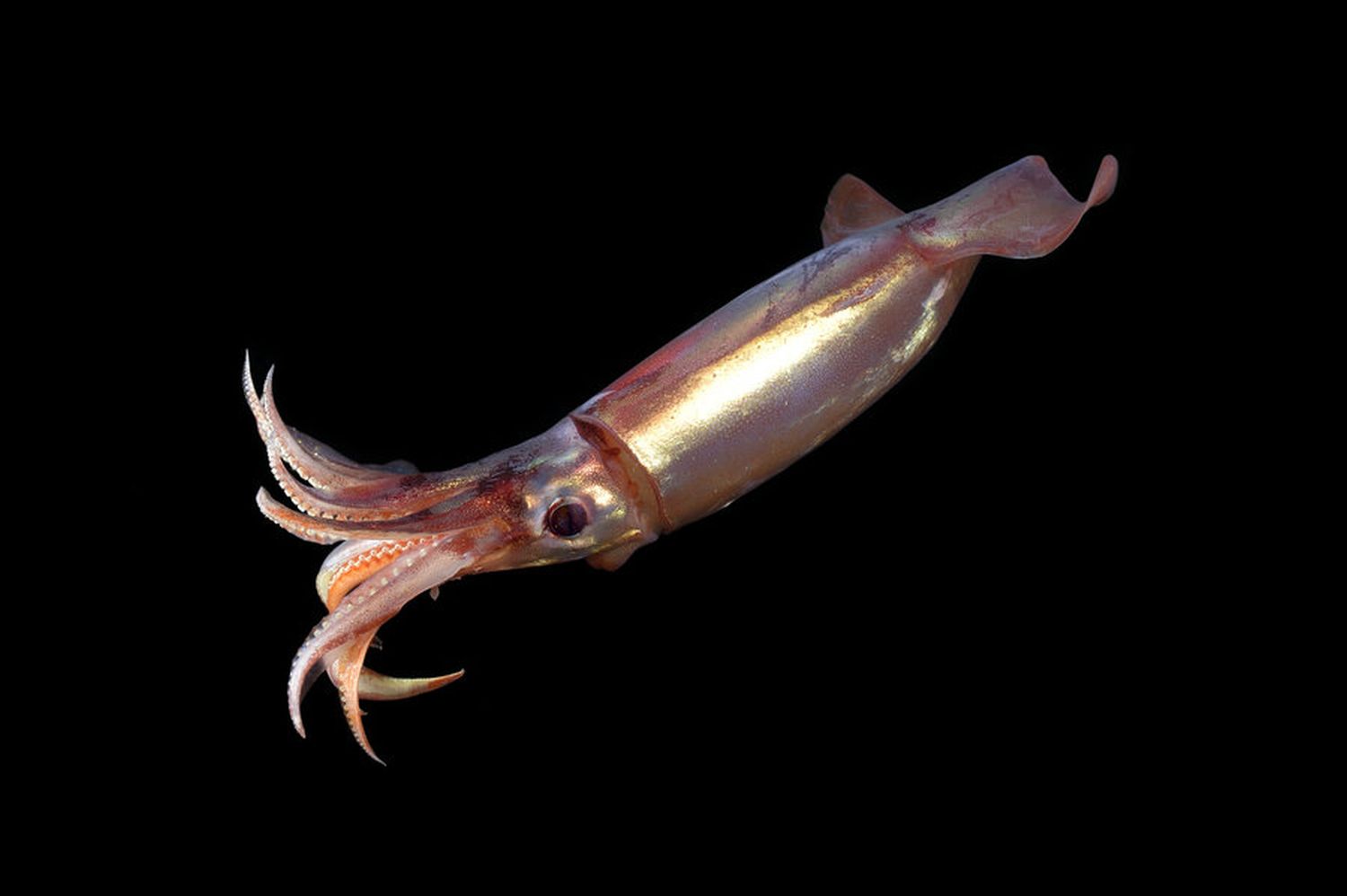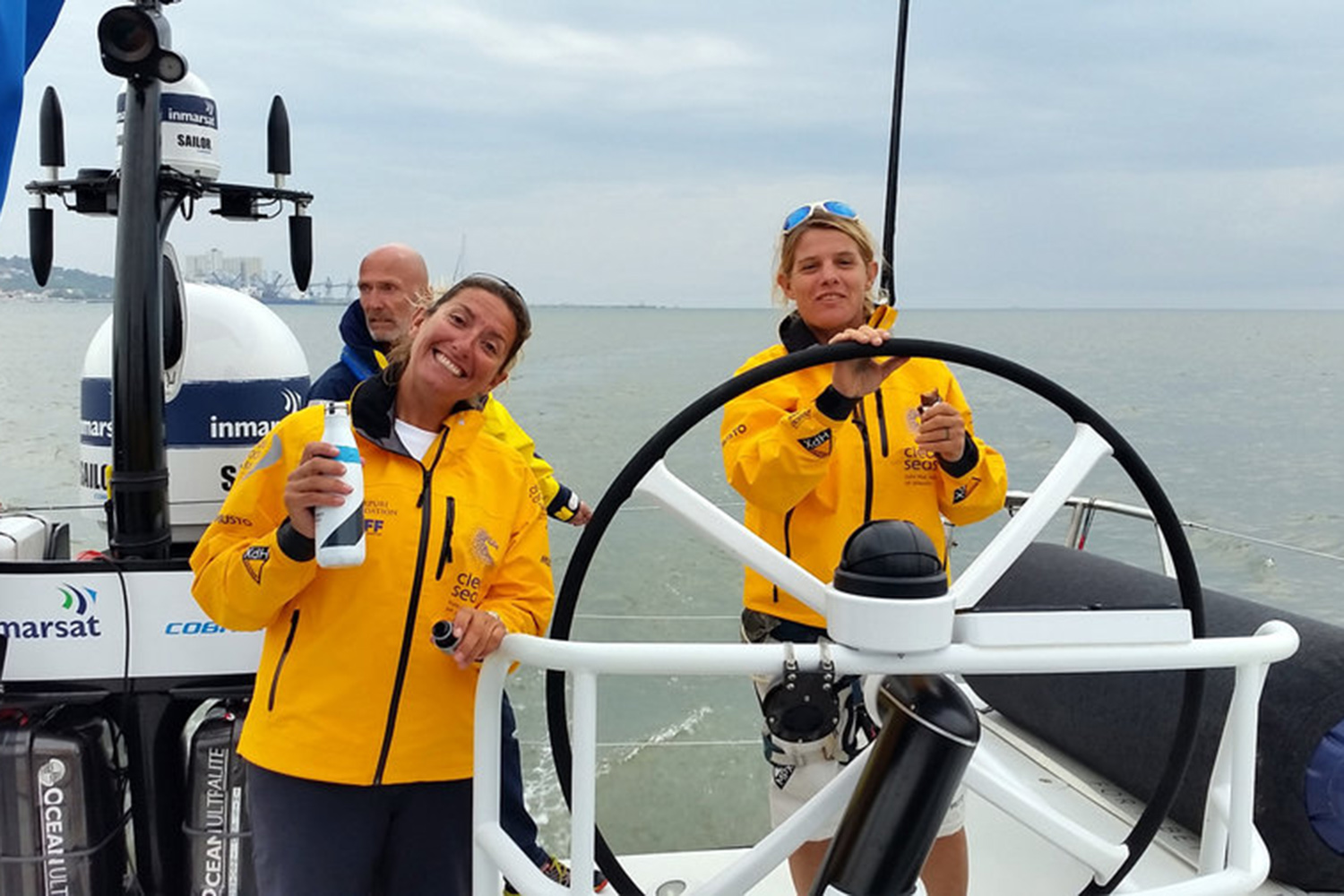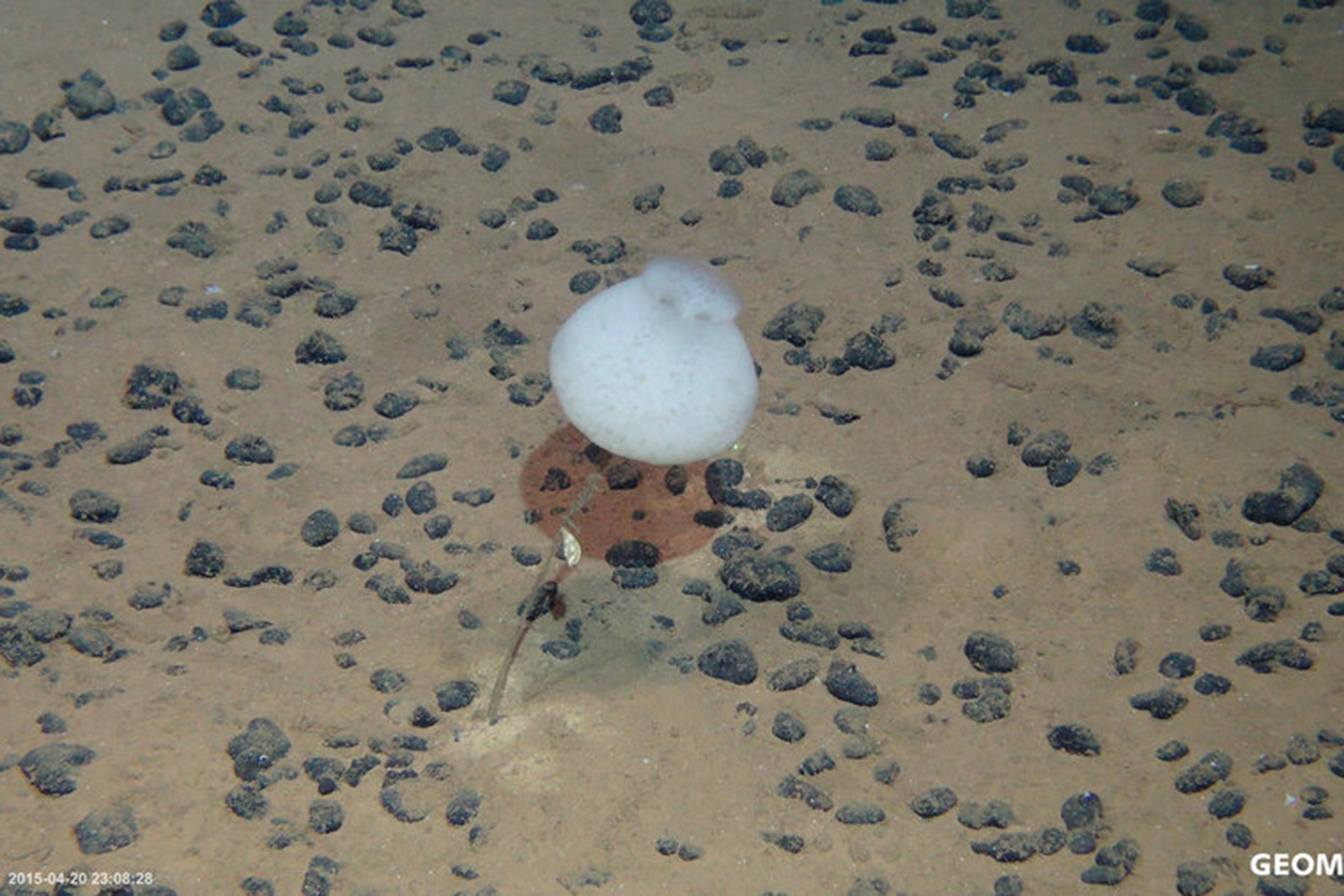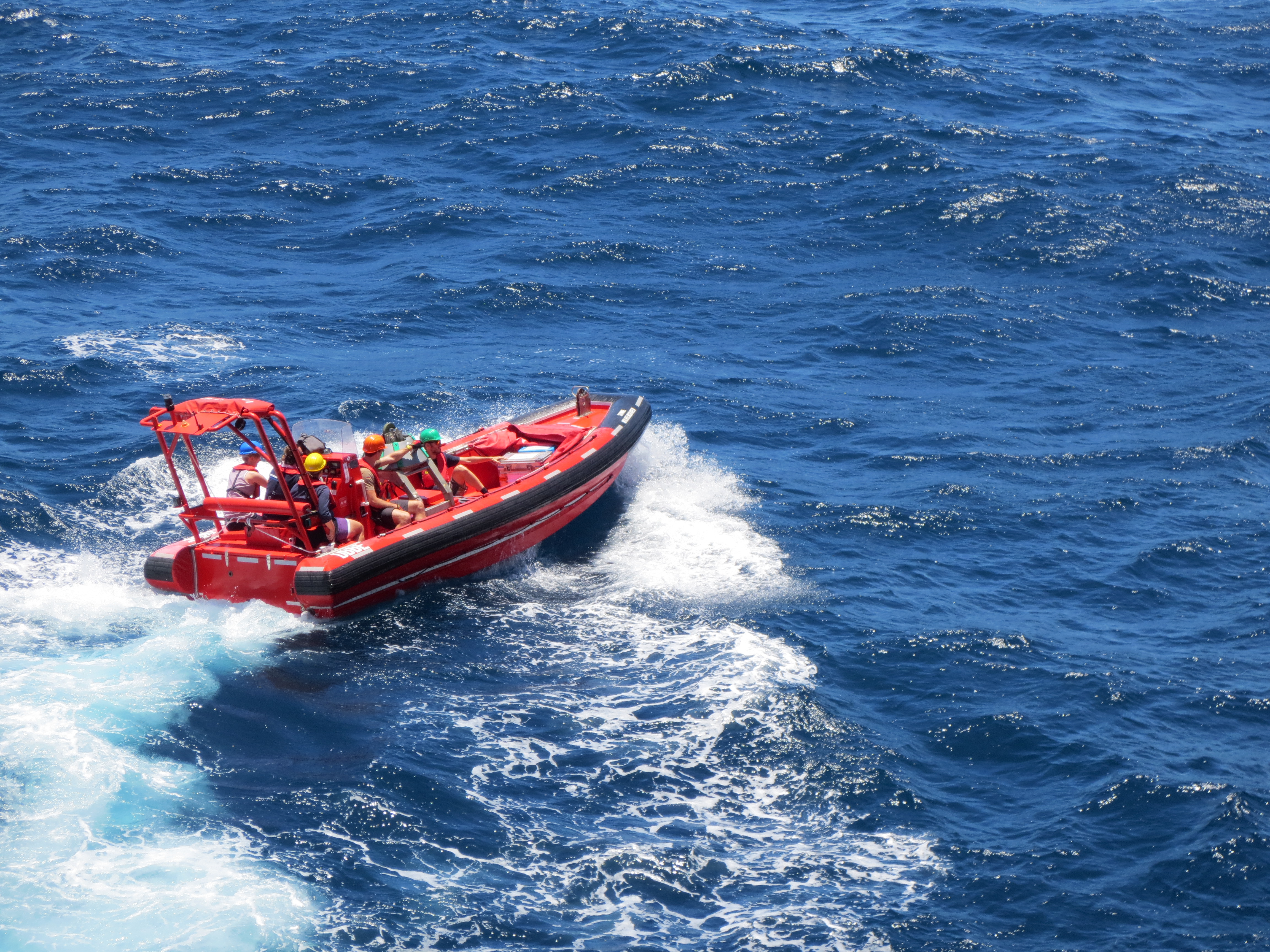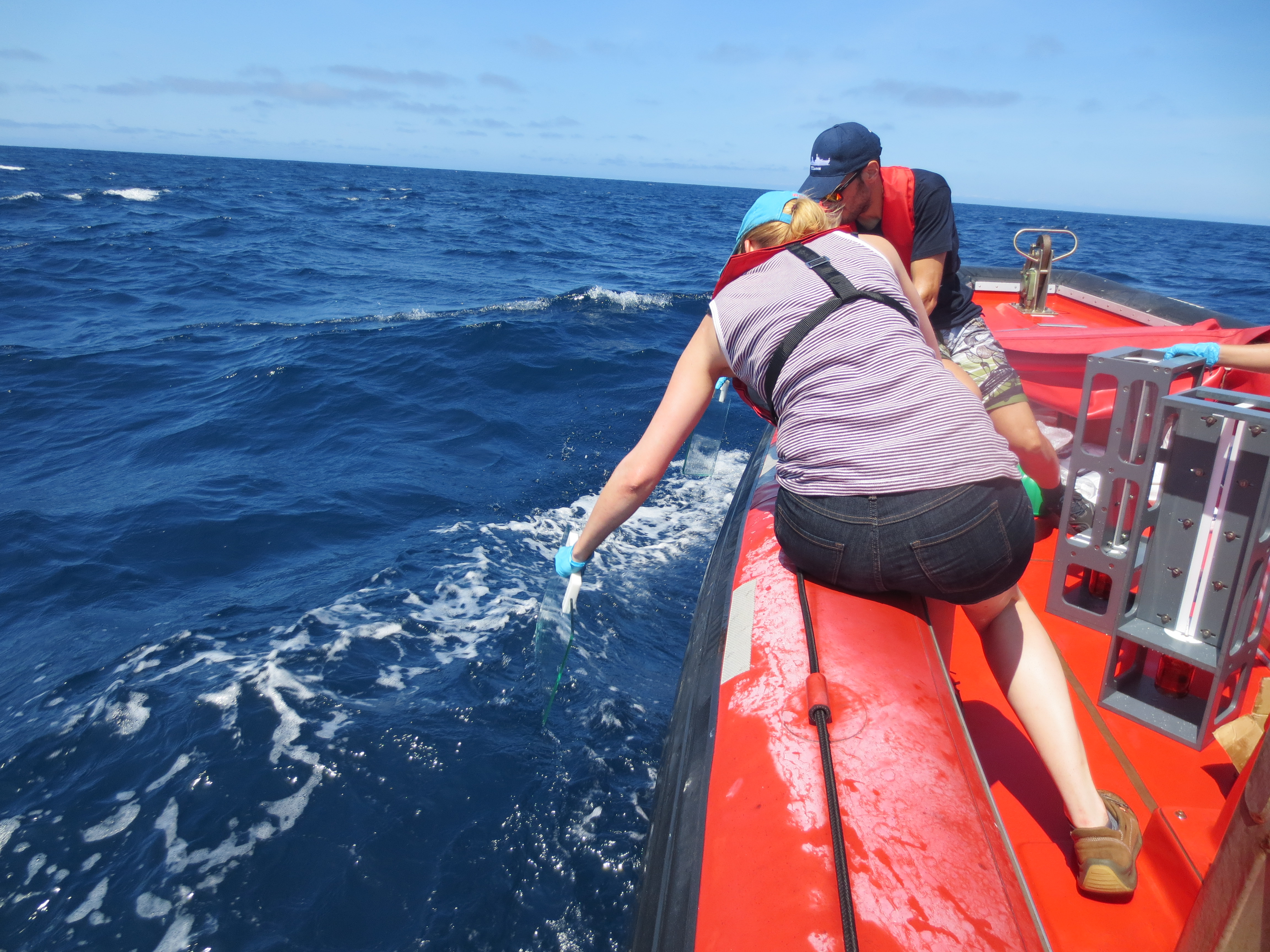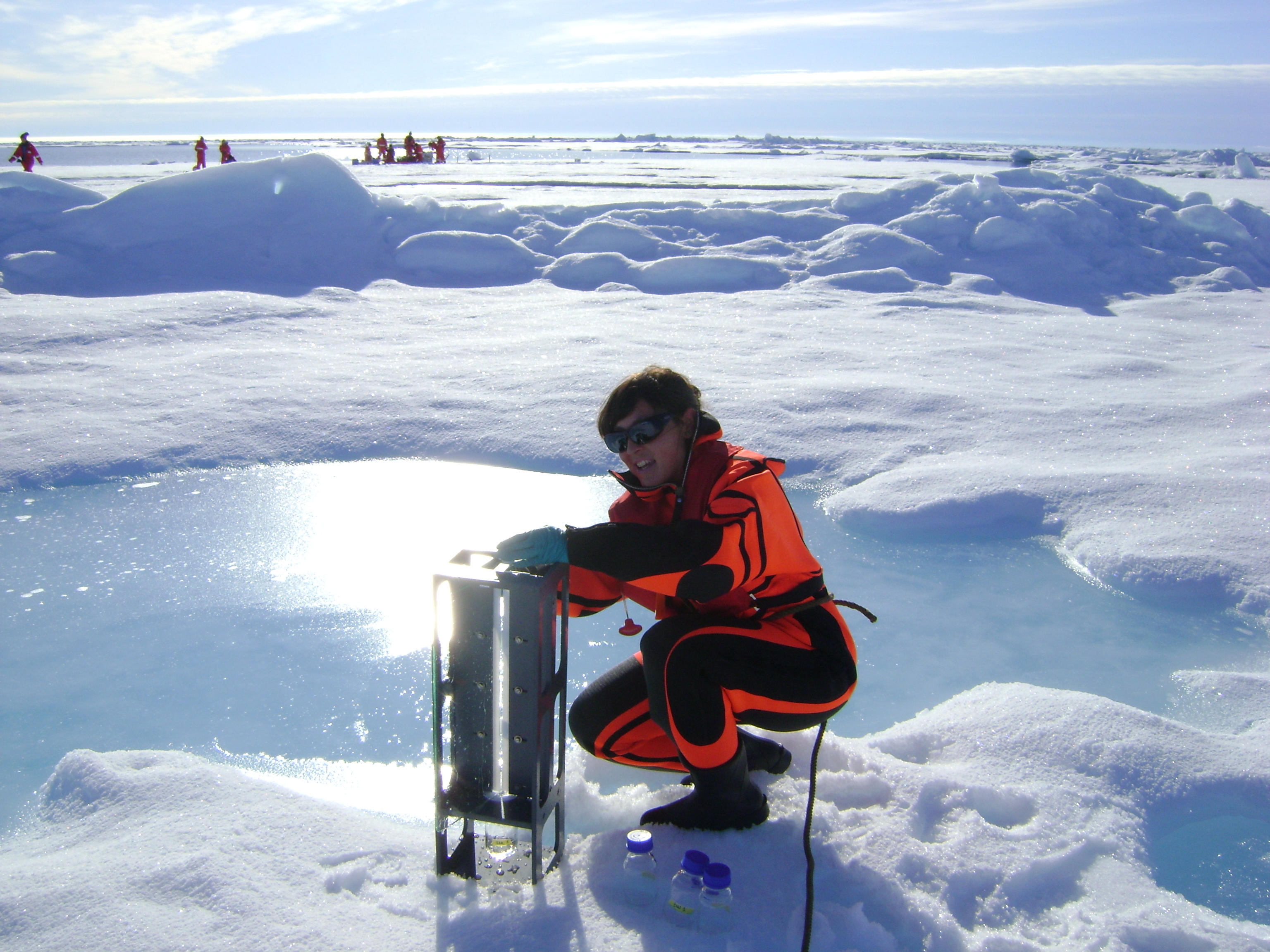Research on this boundary layer between ocean and atmosphere is complex and requires close cooperation between scientists from different disciplines in ocean and atmospheric research, including biology, chemistry and physics. In a new study recently published in the journal Frontiers in Marine Science, an interdisciplinary team of authors has now summarized the challenges and requirements for research for a better and integrative understanding of the sea surface microlayer and their impact on ocean-atmosphere interactions. The study is based on the results of an international expert workshop organized by the Cluster of Excellence "The Future Ocean" within the semester topic "Ocean interfaces – From nanoscales to global impact". The workshop took place at Kiel University in July 2015.
Experts from the area of ocean and atmospheric research discussed the role of the microlayer for the correct description of gas exchange and cloud formation processes and how organisms can exist within a habitat which is characterized by high radiation, waves and extreme osmotic changes.
"There are many challenges in the study of the sea surface microlayer", notes Prof. Anja Engel, lead author of the study and biological oceanographer at the GEOMAR Helmholtz Centre for Ocean Research Kiel. "Studying the boundary layer in the open ocean requires methods which are not common on research trips," Engel continues. In the inflatable dinghy and positioned against the wind, even during high waves, the boundary layer is removed from the water surface with the help of a glass plate or a metal sieve. Therefore, determining the effect of the microlayer on gas exchange and the formation of aerosols is a technological and scientific challenge in which different disciplines need to be involved.
"In the future, science will have to face exactly this challenge of stronger integrative cooperation if it wants to better understand and predict interactions and feedback processes between the ocean and the atmosphere in times of climate change," says Professor Gernot Friedrichs from Kiel University, one of the co-organizers of the expert workshop.
The authors of the study therefore propose a catalogue of new priorities and strategies for research and its implementation. The researchers place great hopes on new technologies in remote sensing and on time-series measurements. "In order to capture the natural fluctuations of the processes on and in microlayers, we need measurements of different parameters preferably at the same time and at the same location. Unfortunately, there is not yet a station in the ocean at which time series with measurements of the properties and processes of the microlayer as boundary layer between ocean and atmosphere are taken into account," concludes Professor Engel.
The Kiel Cluster of Excellence "The Future Ocean" regularly organizes so-called semester topics, in which scientists from different departments and institutions network across all disciplines with regard to a specific topic and exchange ideas about common research questions. The semester topic "Ocean interfaces – From nanoscales to global impact" was carried out under the leadership of Professor Gernot Friedrichs from the Institute of Physical Chemistry at Kiel University (CAU) and Professor Hermann Bange from the GEOMAR Helmholtz Centre for Ocean Research Kiel in the summer semester 2015. Numerous public and scientific events were organized within the framework of the semester topic.
Original publication
Engel A, Bange HW, Cunliffe M, Burrows SM, Friedrichs G, Galgani L, Herrmann H, Hertkorn N, Johnson M, Liss PS, Quinn PK, Schartau M, Soloviev A, Stolle C, Upstill-Goddard RC, van Pinxteren M and Zäncker B (2017) The Ocean's Vital Skin: Toward an Integrated Understanding of the Sea Surface Microlayer. Front. Mar. Sci. 4:165.
https://doi.org/10.3389/fmars.2017.00165
Links
www.futureocean.org/semestertopics
(Überblick über alle Veranstaltungen im Future Ocean Semesterthema "Grenzflächen im Ozean")
www.geomar.de GEOMAR Helmholtz-Zentrum für Ozeanforschung Kiel
www.ozean-der-zukunft.de The Cluster of Excellence „The Future Ocean"
Contact
Prof. Dr. Anja Engel
Working group for Biological Oceanography, GEOMAR Helmholtz Centre for Ocean Research Kiel
aengel@geomar.de
Prof. Dr. Gernot Friedrichs
Institut of Physical Chemistry at Kiel University (CAU)
gfriedr@phc.uni-kiel.de
…
Press material
Inflatable dinghies are being deployed to measure the ocean’s skin, a boundary layer between the ocean and atmosphere which measures only a few micrometers.
Photo: Sonja Endres, GEOMAR Helmholtz Centre for Ocean Research Kiel
In the inflatable dinghy and positioned against the wind, even during high waves, the boundary layer is removed from the water surface with the help of a glass plate or a metal sieve.
Photo: Sonja Endres, GEOMAR Helmholtz Centre for Ocean Research Kiel
